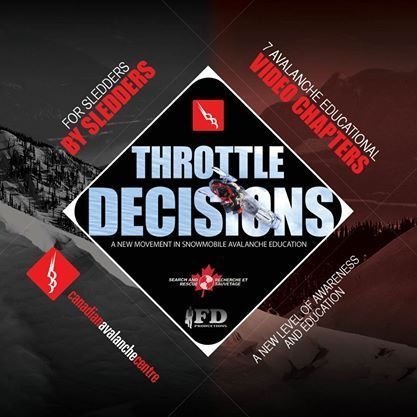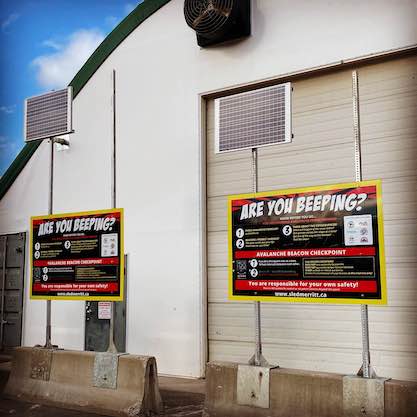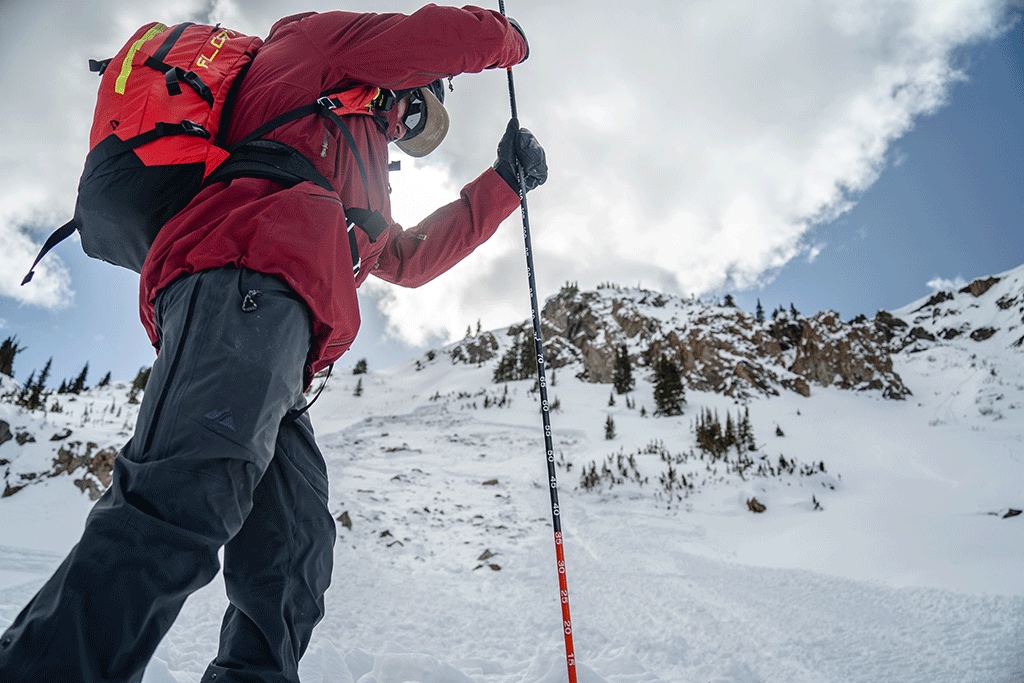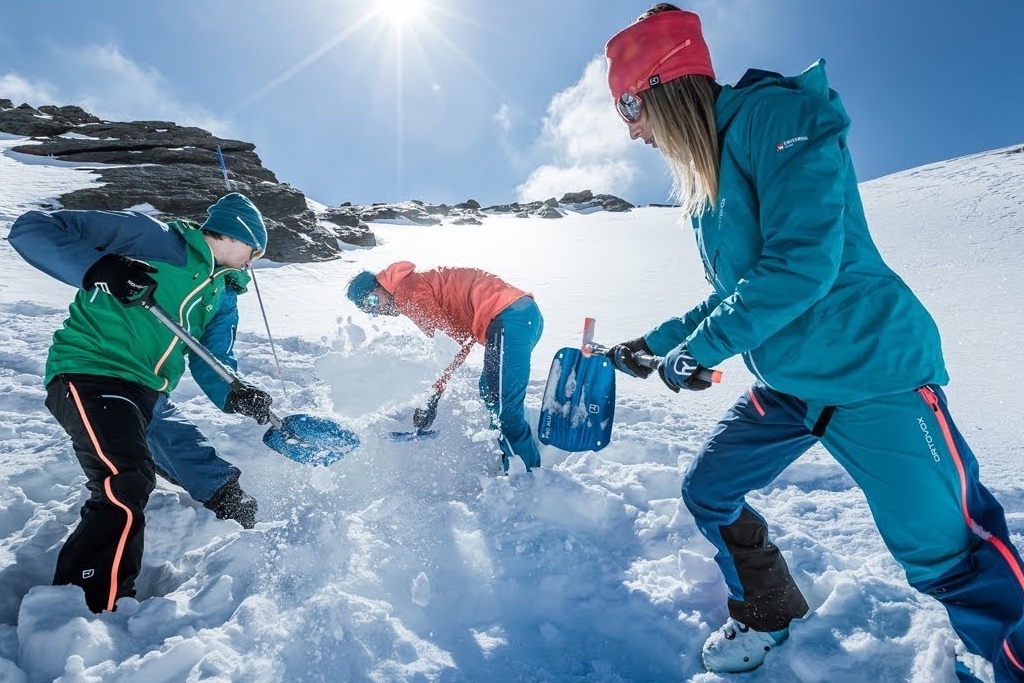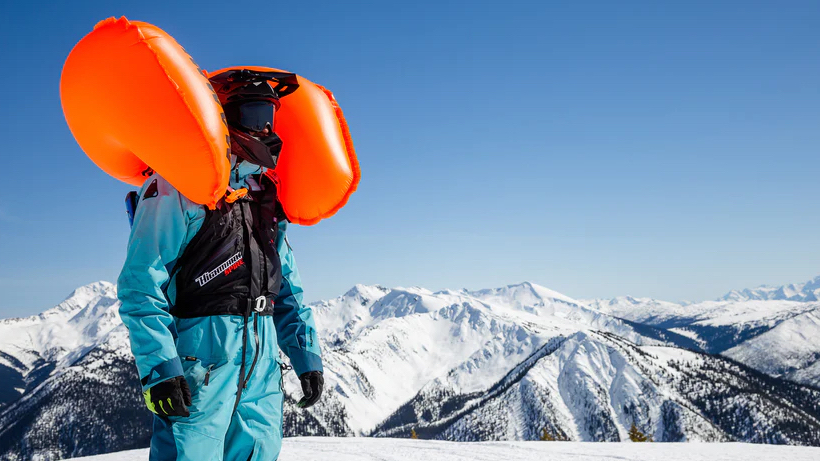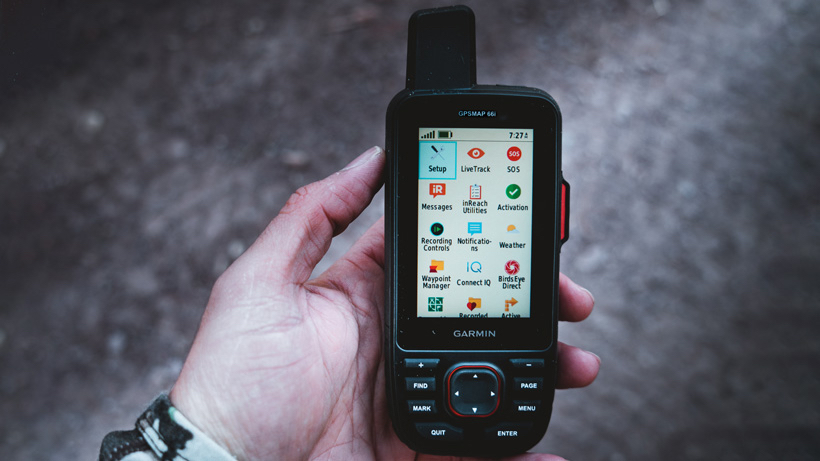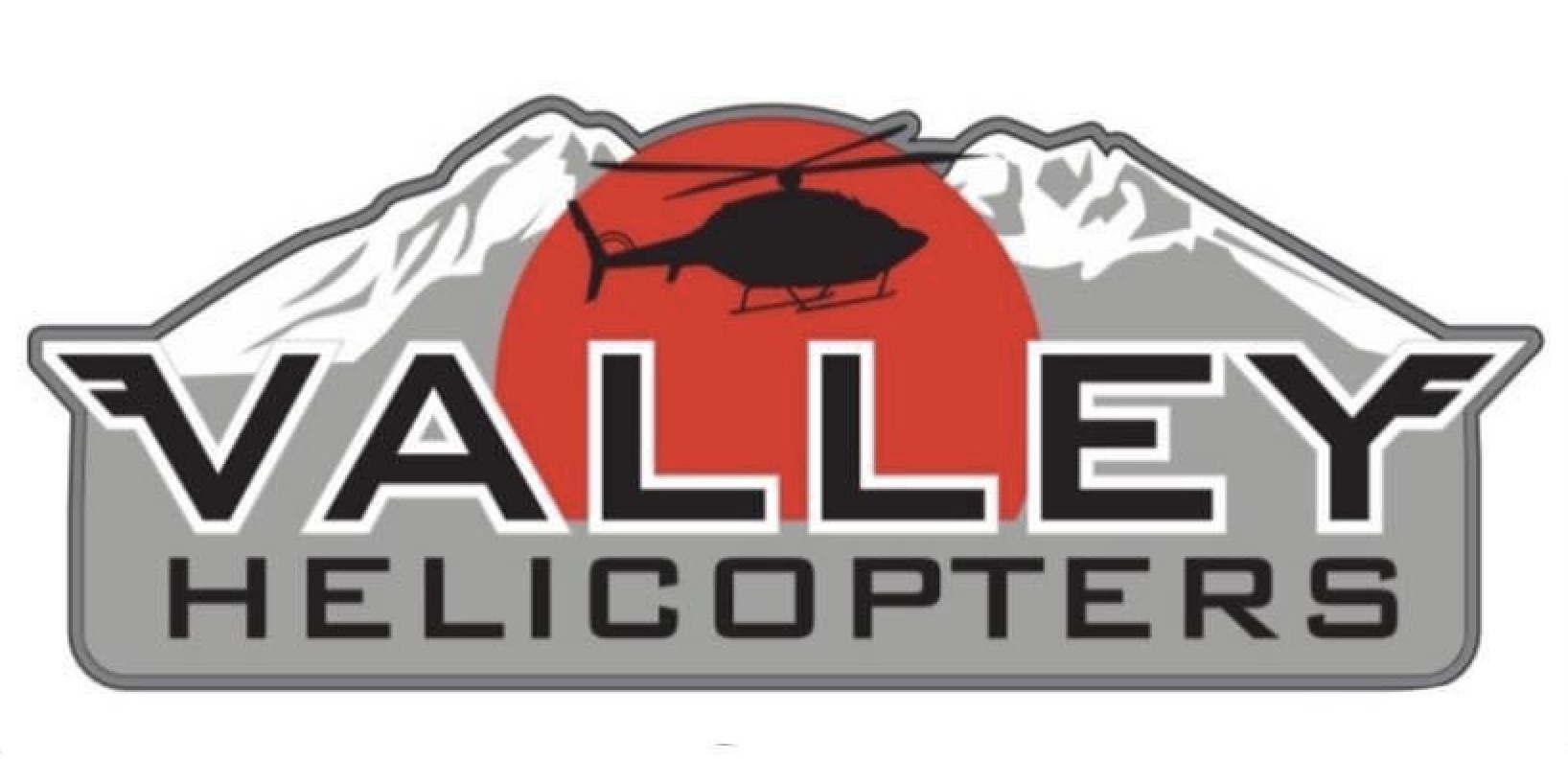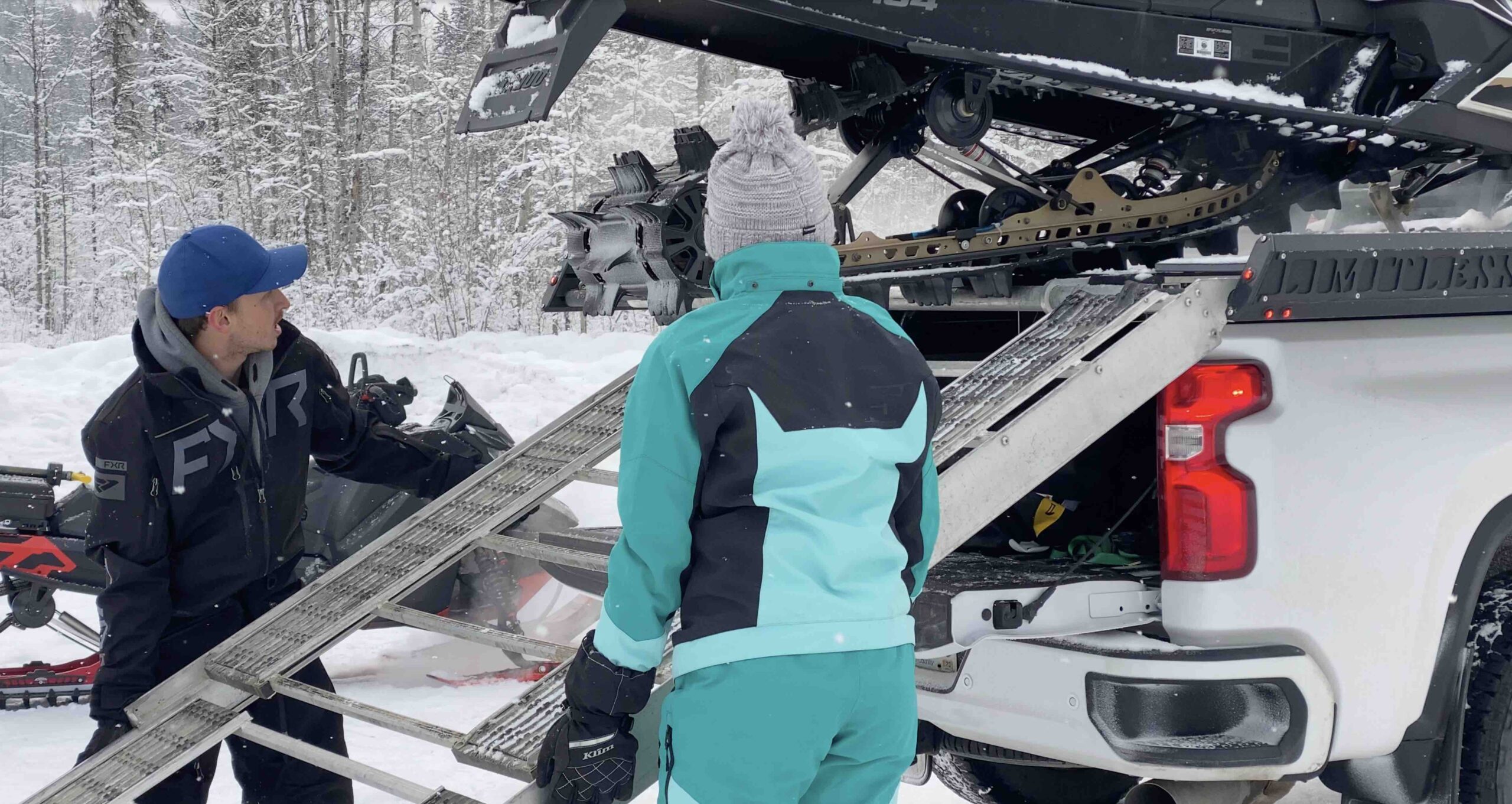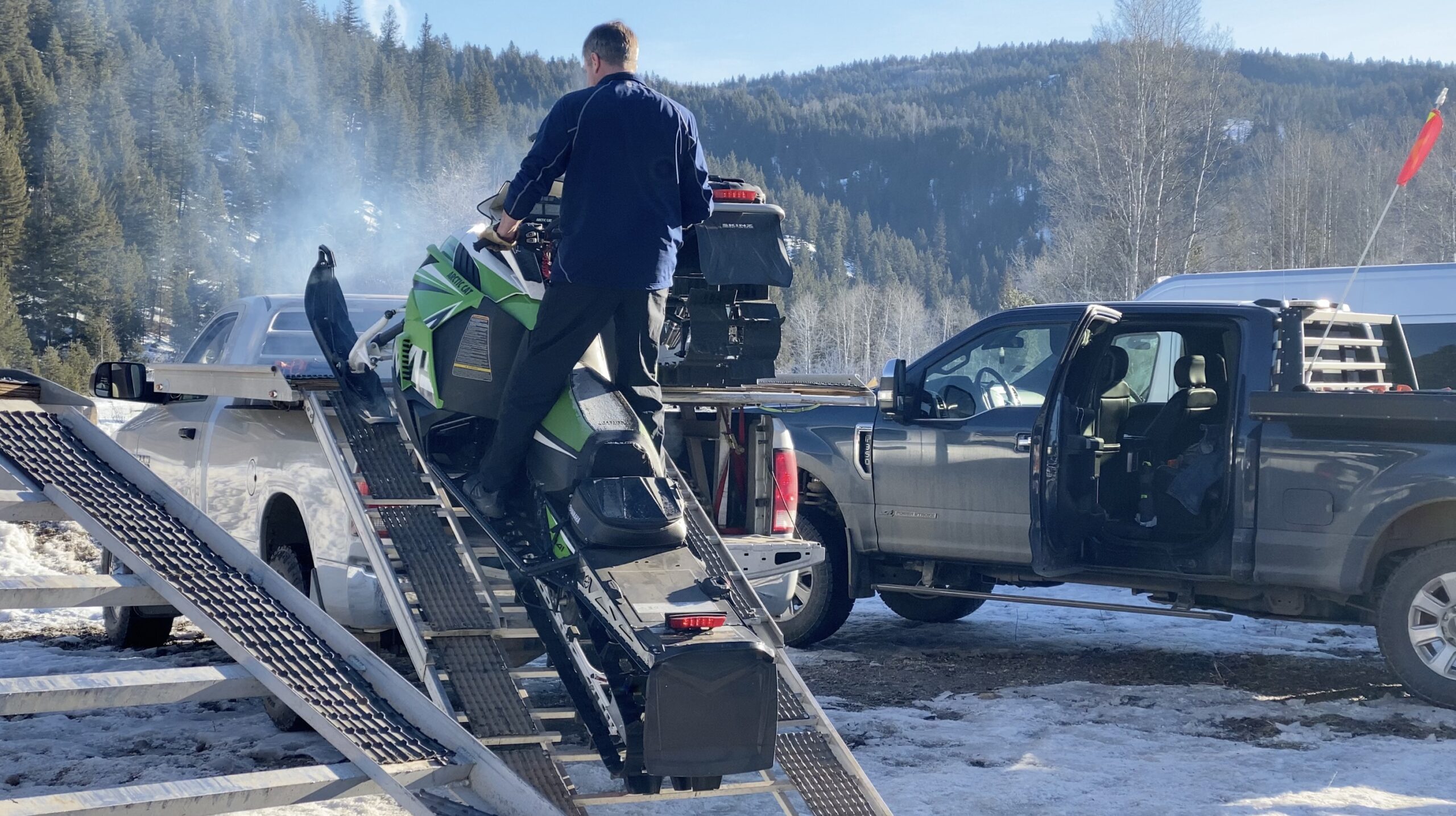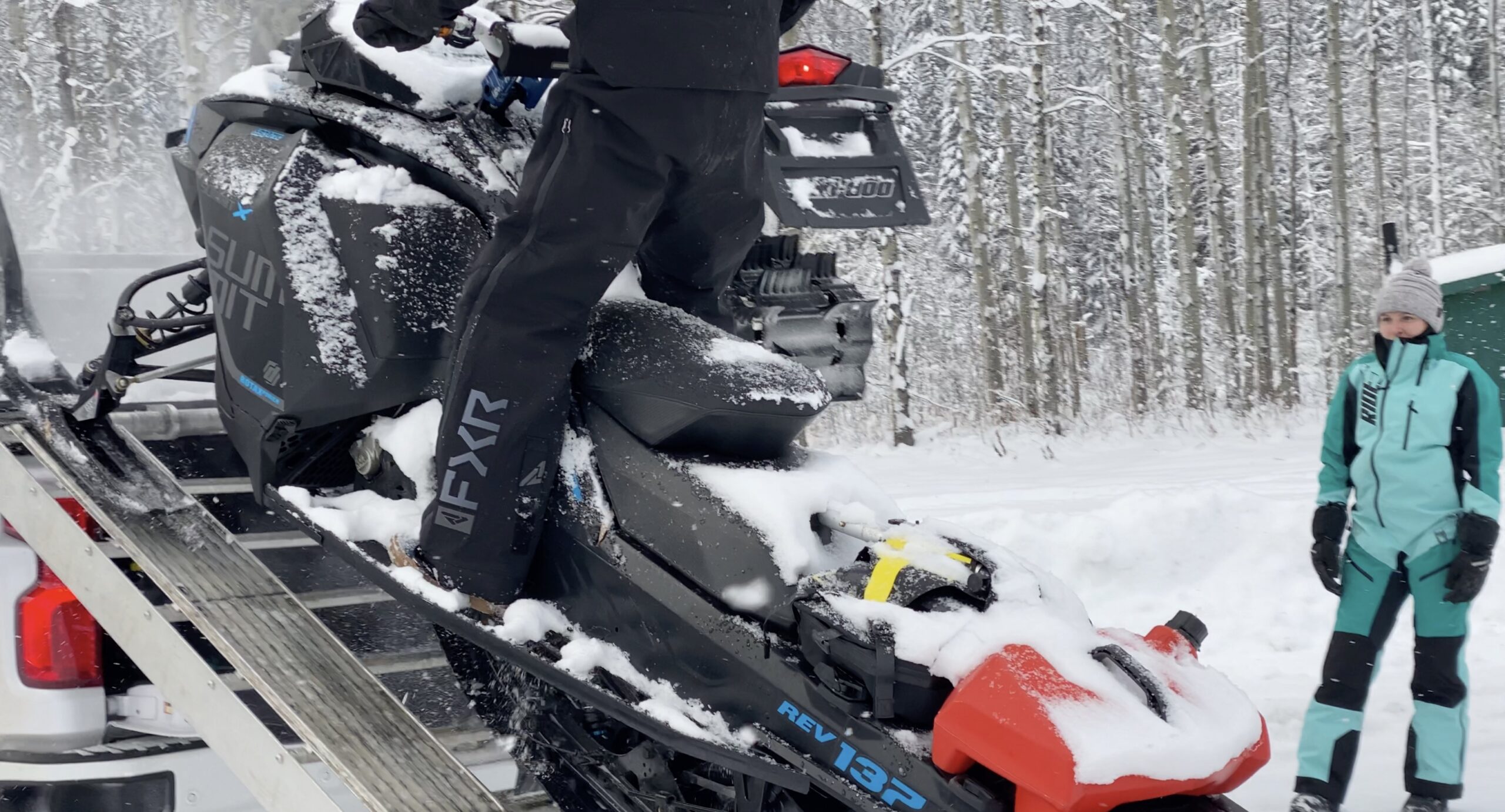Safety on the trails starts with you. Make sure to have the essential supplies with you. Trail fixes don’t always get you home, have a plan to call for help if needed. Remember helicopters are only daytime flights, with shorter sun time during the winter, make the decision to call for help early.
CARRY WITH YOU
Items to carry on you:
- Avalanche safety equipment: transceiver, shovel, probe
- Avalanche airbag
- First aid kit
- Two-way radio
- Satellite communication device
- GPS tracking device or compass
- Extra food and water
- Extra clothing
- Headlamp or flashlight
- Pocket knife and saw
- Spare goggles and gloves
- Hat, toque, and balaclava
- Fire starter kit
- Survival kit
- Tool kit, spare belt, extra key
- Tow strap, nylon cord (10cm)
- Whistle, mirror, or signal flare
AVALANCHE AWARENESS
CHECK AVALANCHE CONDITIONS BEFORE HEADING OUT,
PLAN YOUR TRIP ACCORDING TO THE DAILY RATINGS.
Whether you’re new to the backcountry or have many days of experience under your belt, you owe it to yourself, your family and your friends to know as much as you can about avalanche risk management. With an AST 1 course, you’ll learn the vital fundamentals of travelling in avalanche terrain and carry out a companion rescue.
What's in your pack?
Gear plays a critical role in avalanche safety. It’s simple: if you’re in avalanche terrain, you’ve got to carry the right gear and know how to use it. Everyone in your group needs an avalanche transceiver, a shovel and a probe. One or two of the three isn’t good enough—you’ve got to have them all.
The best way to stay safe is to make good decisions—but if something goes wrong, avalanche safety gear is critically important to a successful rescue. And it goes both ways: you’ve got to carry the gear so you can rescue others, and make sure all your riding companions do as well so that they can effectively rescue you if necessary.
When a person is buried in an avalanche, minutes can make the difference between life and death. You can waste a lot of time if you can’t use your gear efficiently. Make sure to take a training course, and practice, practice, practice.
Avalanche Transceiver
Avalanche transceivers are small electronic devices worn close to the body. When travelling, everyone’s transceiver sends out a radio signal. In the event of an avalanche, those not buried switch their transceiver to search mode and follow the signal toward a buried person.
Three antennae digital transceiver with a visual display and audio display set the standard for ease of use, speed and accuracy. Features and functions may also include a marking function for locating multiple burials, or transmission of “vital data” to support triage.
Single antenna (analog) transceivers are considered obsolete. Need convincing? Three antennae digital transceivers generally won’t find single antenna transceivers as well as digital units. That means if two people are buried close together, the one with the digital transceiver is likely to be isolated first. Signal overlap can also be a significantly bigger issue with old transceivers in a multi-burial scenario.
Remember, people who practice post the fastest transceiver search times. Whichever avalanche transceiver you choose, practice before, during and after the season.
Probe
Transceivers get you close to buried victims, and probes help you find them. Probes snap together like tent poles. An assembled probe inserted in the snow in a systematic pattern lets searchers physically pinpoint someone under the snow so that time isn’t wasted digging.
Probes vary in length, stiffness and materials, which translate into difference in weight, durability and cost. Smaller diameter probes may be more likely to bend or deflect. The locking mechanism and line are important: you want a reliable, durable mechanism and a cable that doesn’t stretch (to prevent wear, tear and breaking). 240cm is the shortest standard length, and works fine in drier climates and for most rescues. If you recreate in deeper snow pack areas or use it for snow pack observations, consider a 320cm probe.
Shovel
Good shovelling technique can shave serious time off a rescue. Remember, not all shovels are created equal. It must fit into your pack, but within reason bigger is better. Avoid plastic or flimsy shovels, as they can break in cold temperatures or while digging in hard avalanche debris. An extendable shaft helps make digging easier so you don’t fatigue as quickly. Practice effective shovelling techniques: it can make the difference between life and death.
Emergency Communication
Although not a substitute for companion rescue or self-sufficiency, emergency communication is valuable. Cell phones may work close to ski areas, cities or along highway corridors. Satellite phones work in most remote locales. VHF radios are an option but require a license. Personal locator beacons such as InReach or SPOT are also a good option.
No matter what you use, it’s important to know your rescue options and whom you want to talk to. If possible have the phone number of the agency you want. If you don’t have that, ask 911 for your local RCMP and get them to initiate a SAR response.
Also, recognize that these electronic devices come with electromagnetic interference. It’s critically important to keep them separated from your transceiver when transmitting, and even more important when searching with a transceiver (generally 50cm).
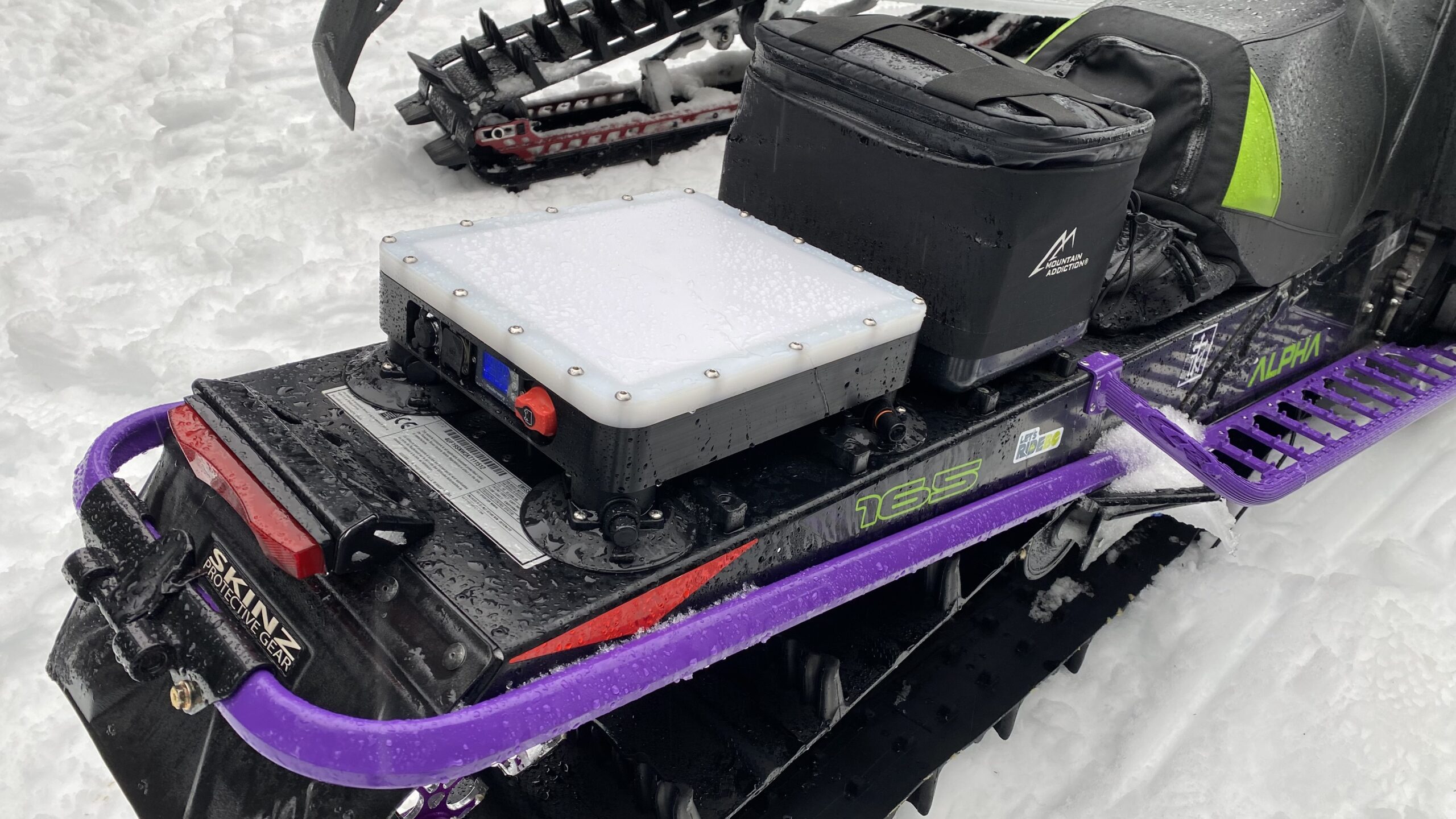
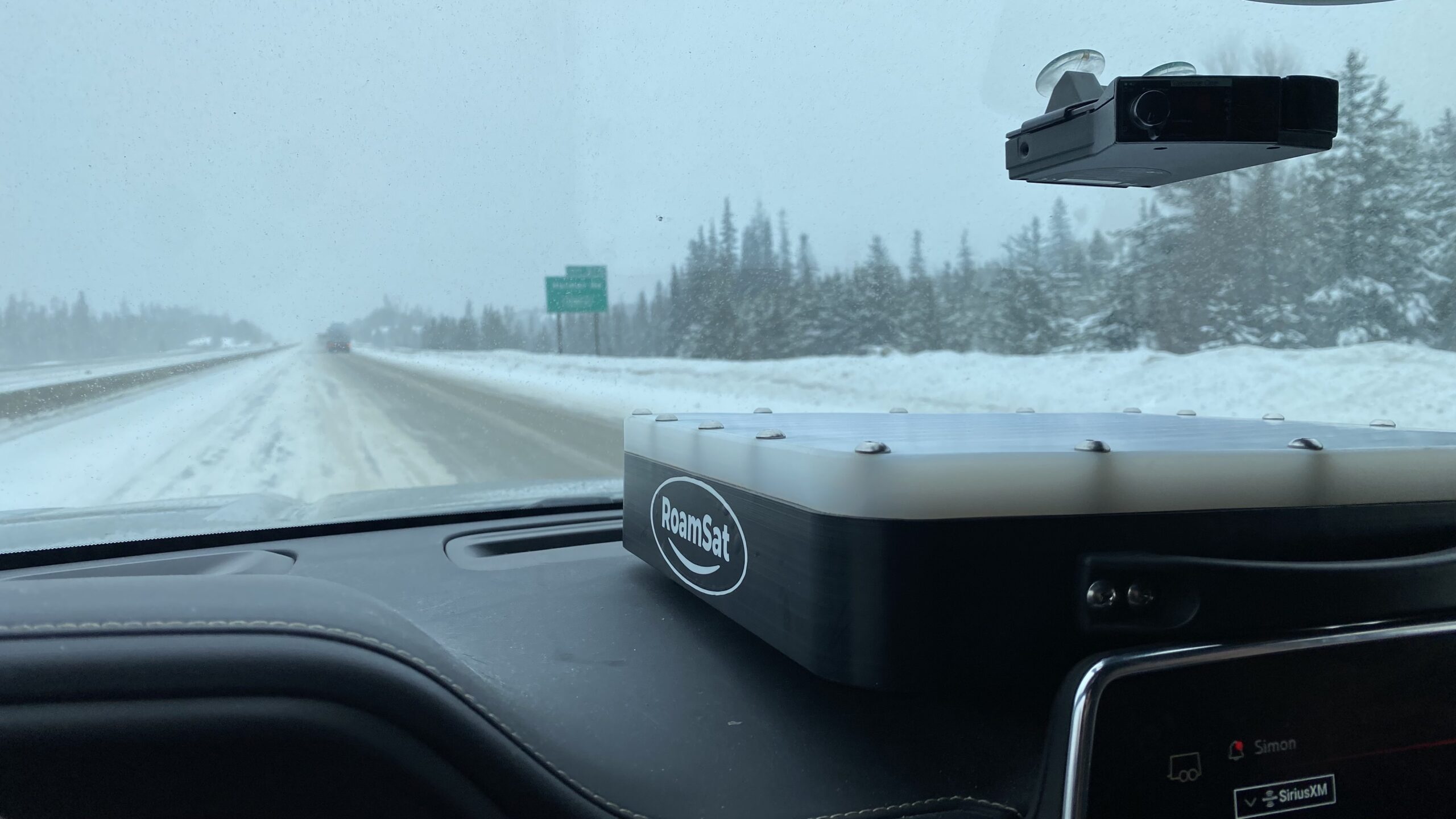
Essential items in the backcountry
Whether you’re new to the backcountry or have many days of experience under your belt, you owe it to yourself, your family and your friends to know as much as you can about avalanche risk management. With an AST 1 course, you’ll learn the vital fundamentals of travelling in avalanche terrain and carry out a companion rescue.
Avalanche Airbag Packs
Avalanche airbag or balloon packs can help reduce the severity of the effects of being caught in an avalanche by reducing burial depth (or even preventing burial), and/or facilitating rapid localization. They also help with visibility and may provide some degree of trauma protection.
It’s crucial to remember that an airbag is not a silver bullet. You need to know how to set it up and deploy it properly. Even if deployed properly, you can still be buried with an airbag pack on. Failure to deploy the bag, failure to set up the equipment properly (e.g. using the crotch strap), and failure to recognize the seriousness of terrain traps have all occurred for airbag users and resulted in death.
Remember, even if you have an airbag pack you must also carry a transceiver, shovel and probe and know how to use them.
Satellite Communication
The inReach communicator is a revolutionary device that has transformed the way we stay connected and communicate, especially in remote and challenging environments. Developed by Garmin, the inReach communicator combines satellite technology with messaging capabilities, providing users with a reliable means of sending and receiving texts, emails, and even SOS signals, regardless of cellular coverage. This device has proven to be invaluable for outdoor enthusiasts, adventurers, and professionals who often find themselves in areas with limited or no traditional communication options. Its compact and rugged design, coupled with its subscription-based service that leverages Iridium satellite network, ensures that users can maintain a lifeline to the outside world even in the most remote and unpredictable circumstances. The inReach communicator has truly bridged the gap between modern communication and the great outdoors, enhancing safety and peace of mind for countless individuals venturing into the wilderness.
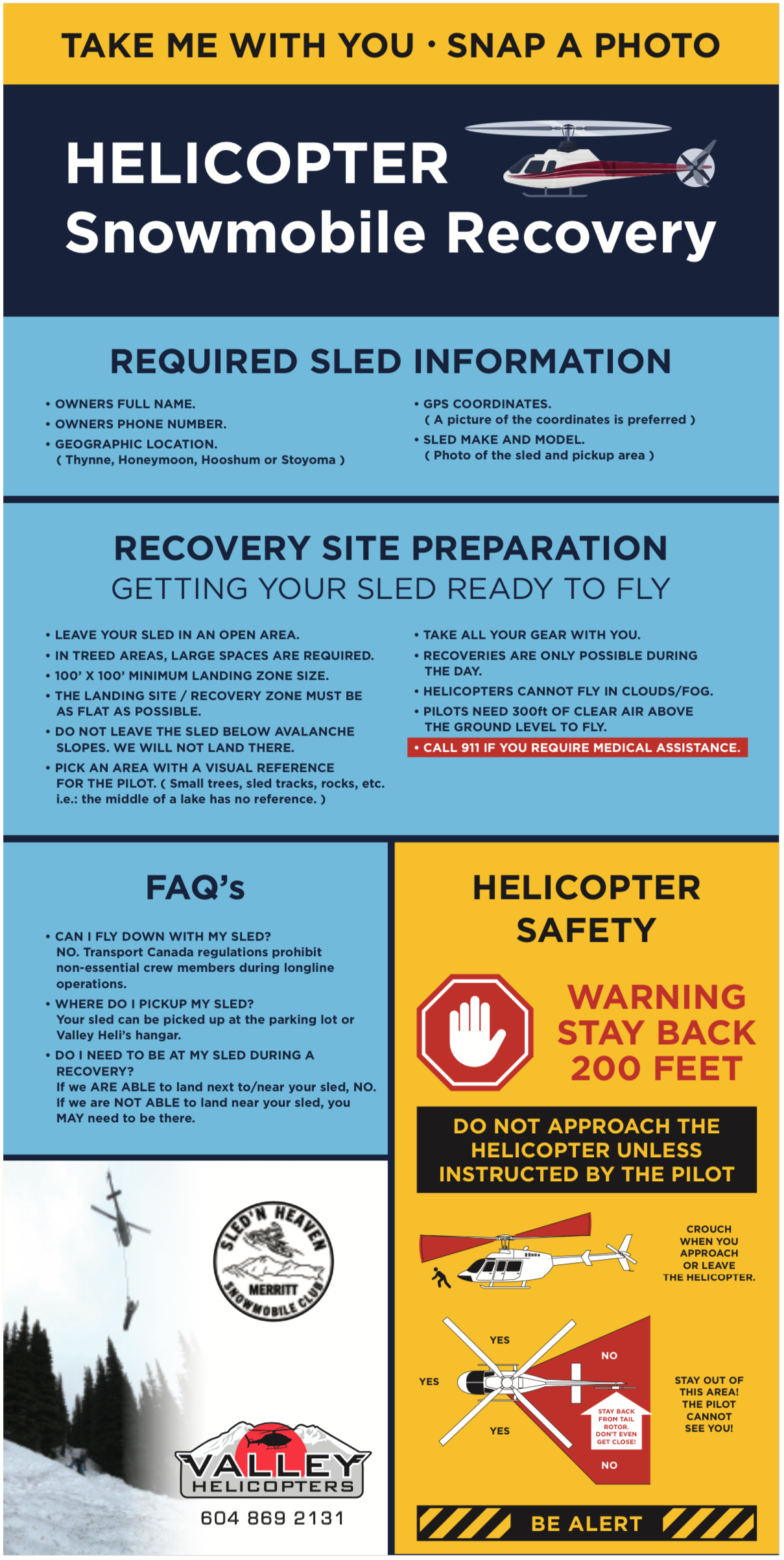
Helicopter Safety: It Starts with You
Helicopter safety isn’t just the pilot’s responsibility—it begins with every passenger and crew member. From pre-flight briefings to proper gear and situational awareness, your actions play a critical role in a safe and smooth flight. Always follow safety protocols, listen to instructions, and respect weight and balance limits. Whether you’re stepping onto the skid or securing loose items, every small detail matters. Safety is a team effort—stay alert, stay prepared, and help ensure every flight is a safe one.
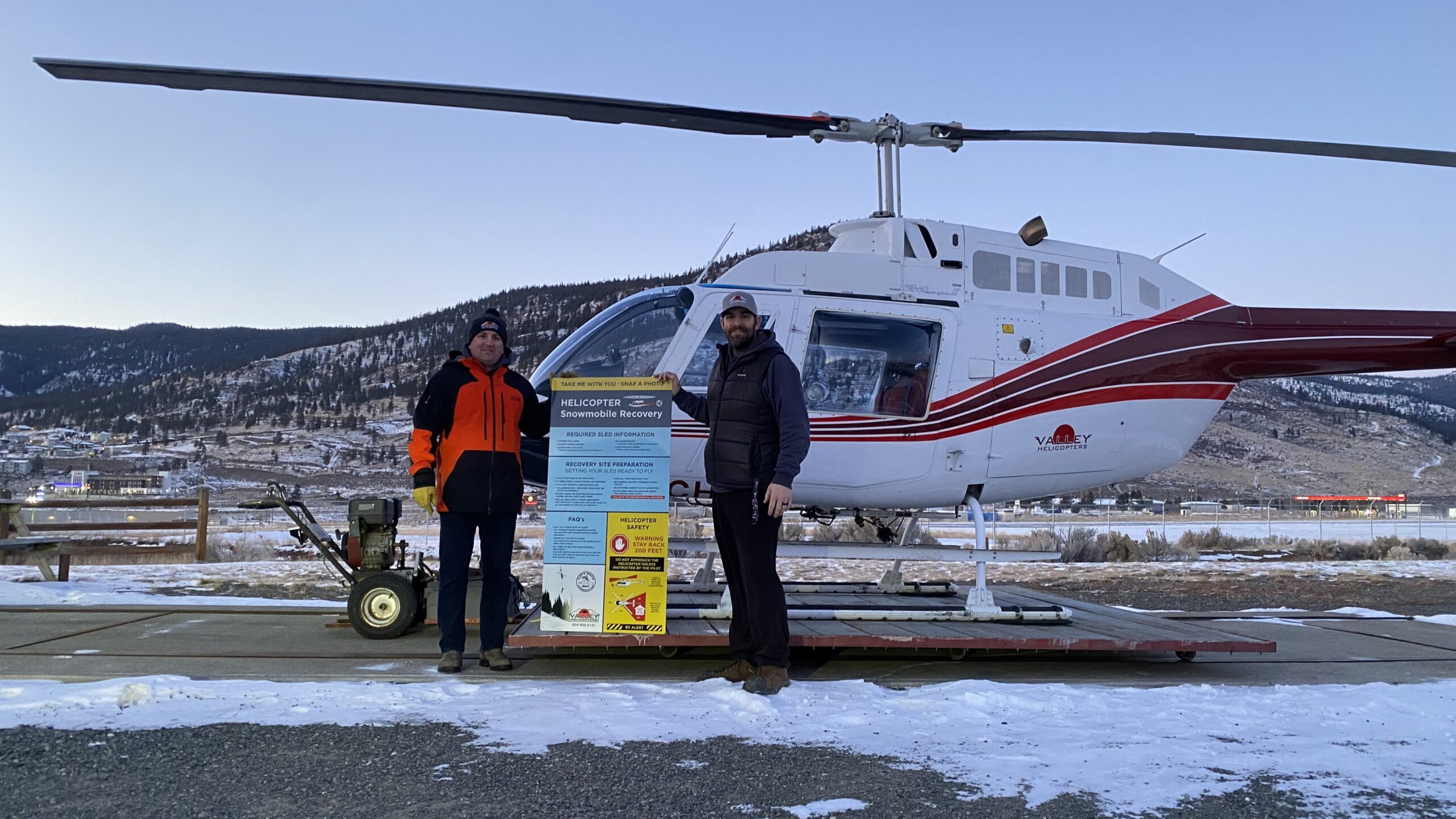
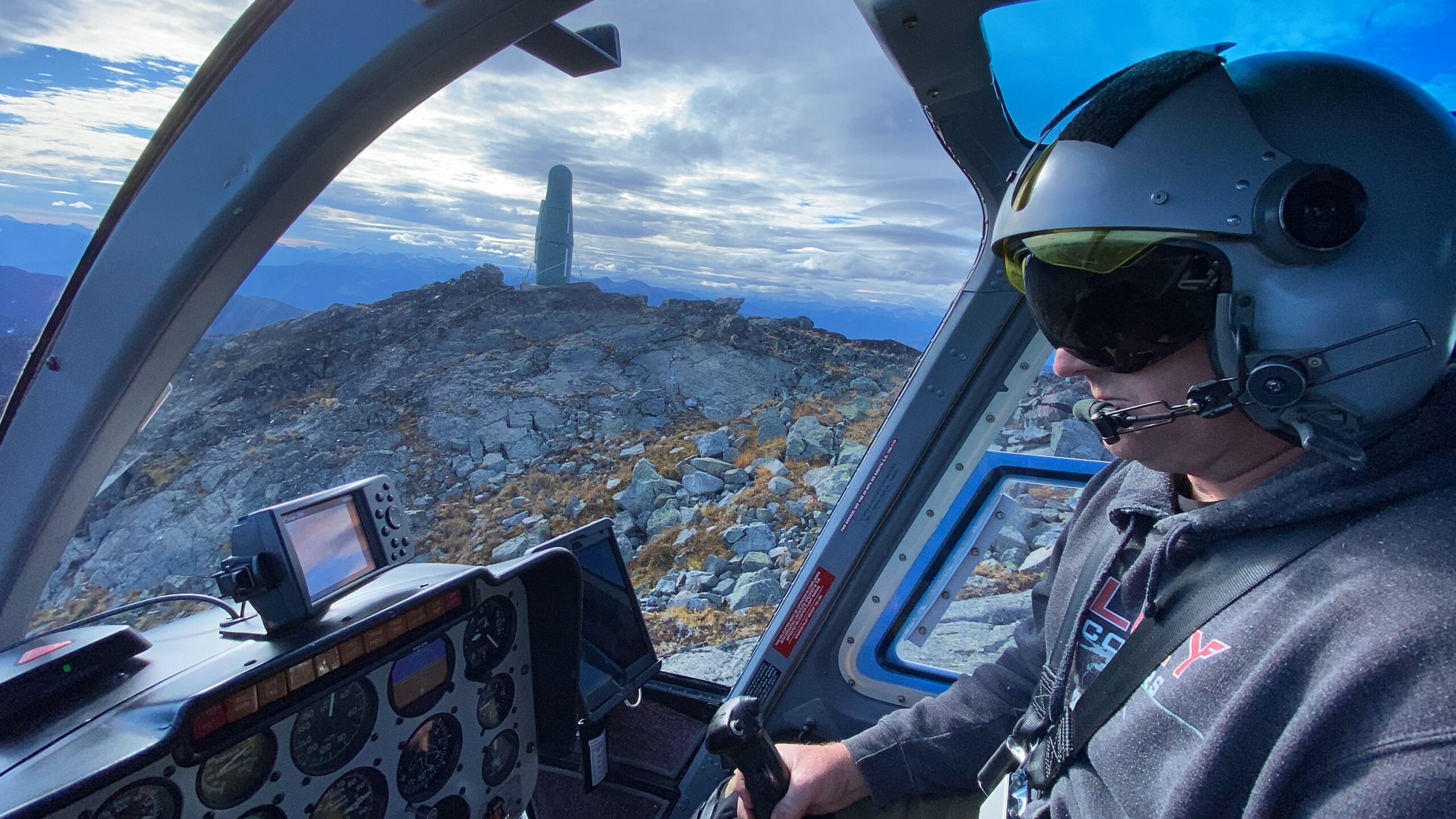
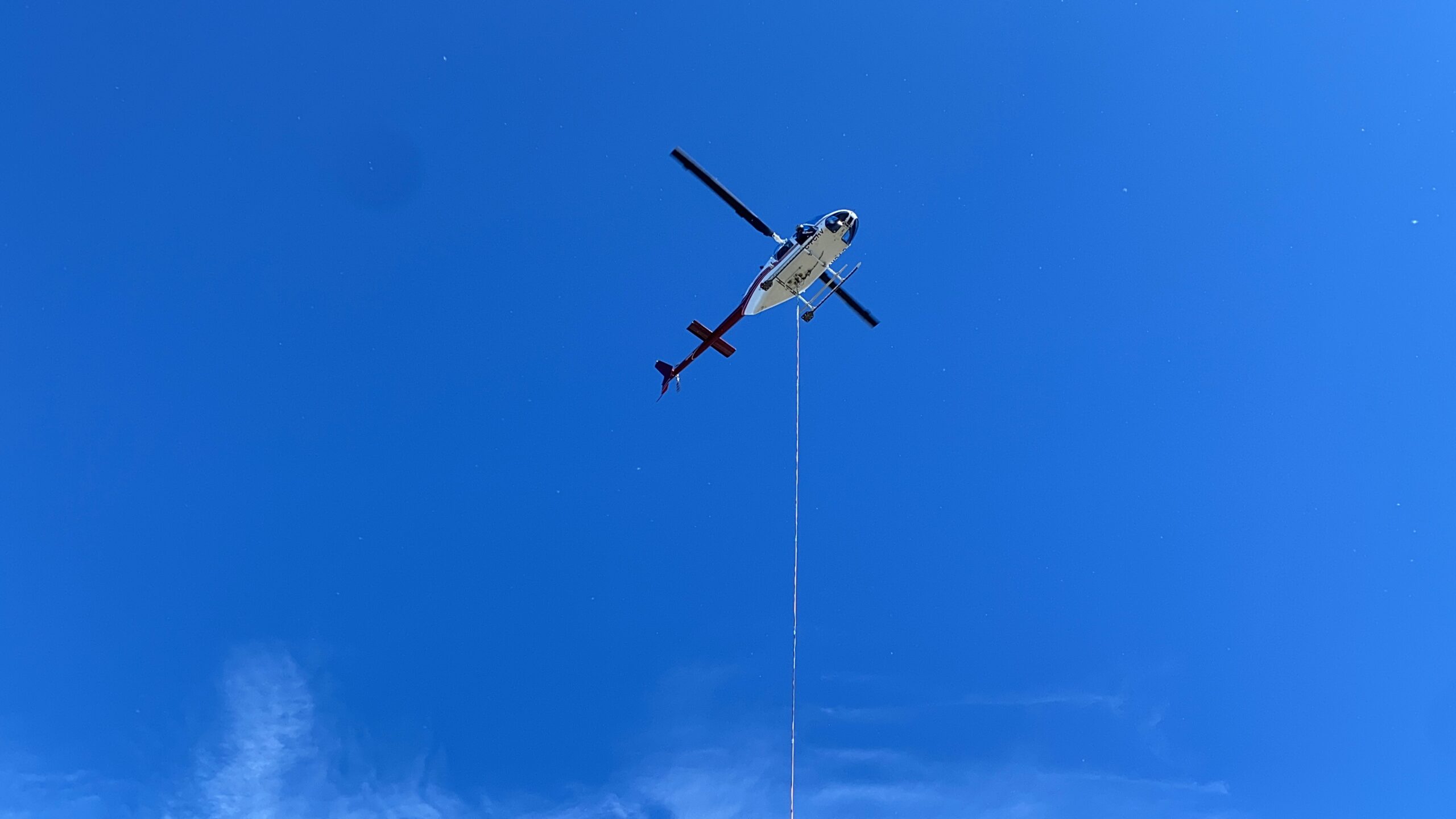
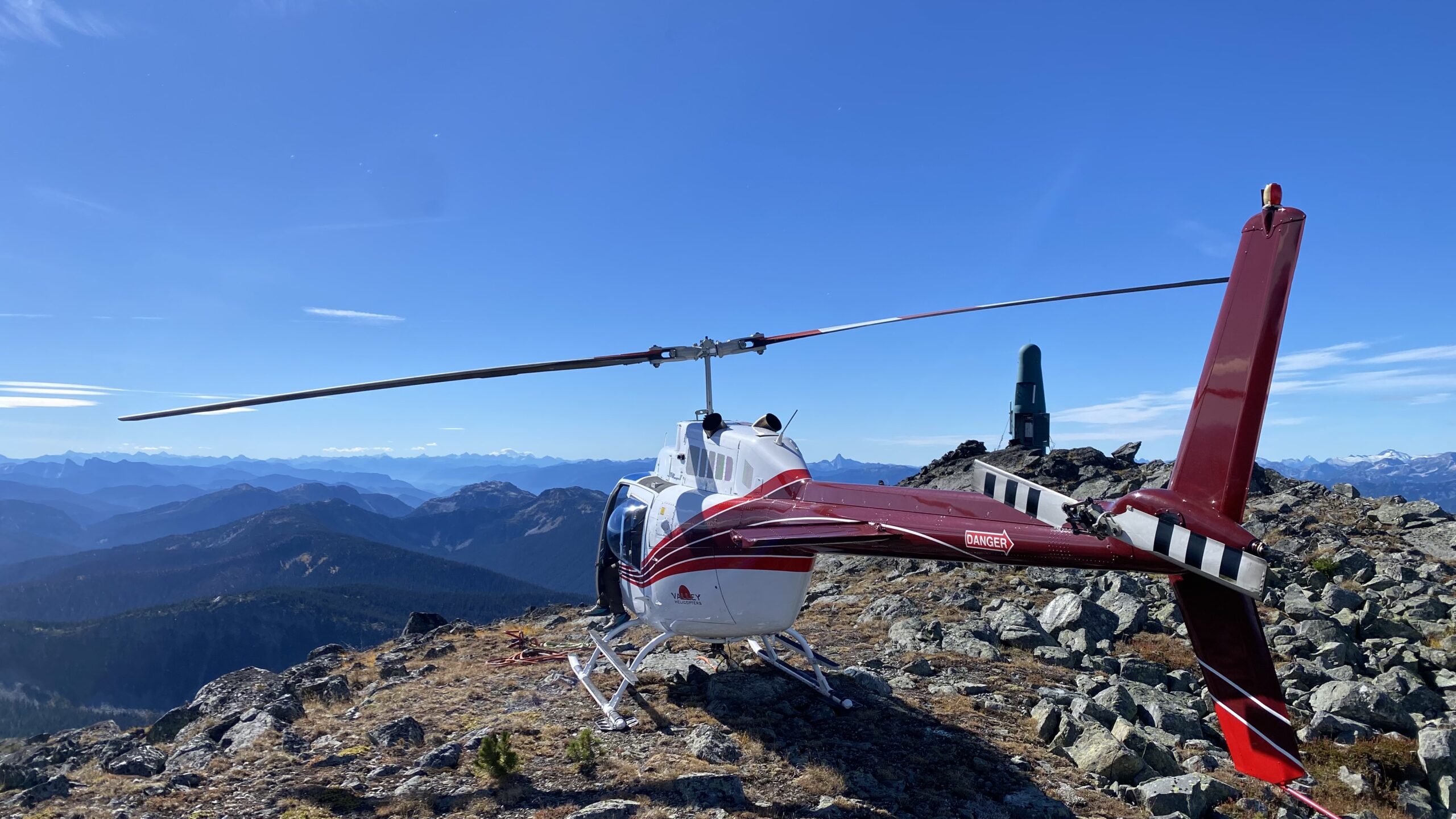
Loading & Unloading Safety


